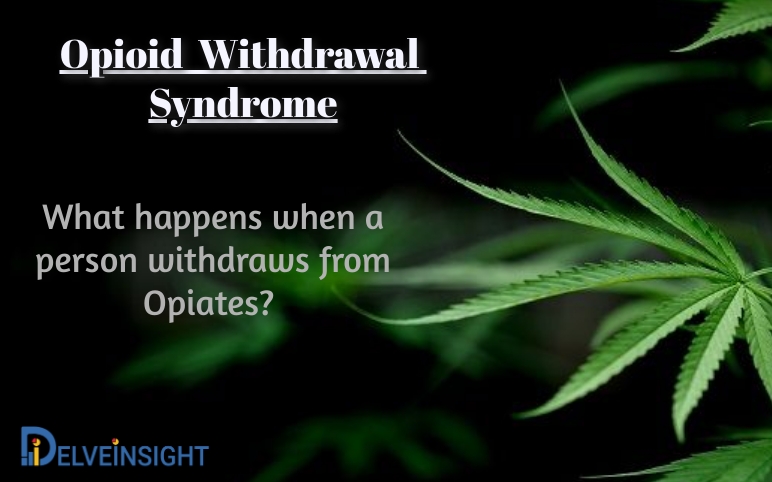At present, the approaches to treat the condition present in opioid withdrawal syndrome treatment market are gradual cessation of an opioid agonist (methadone); Short-term use of a partial mu-opioid agonist (buprenorphine) and detoxification using opioid antagonists (naltrexone and naloxone). Other off-label treatment includes the use of clonidine, which is used extensively to reduce blood pressure in OWS.
The present Opioid withdrawal syndrome has several unmet needs like the absence of effective therapy and addressing psychological symptoms. Recently, the approval of non-opioid lofexidine hydrochloride (Lucemyra) has advanced the growth of Opioid withdrawal syndrome market in the forecasted period (2020‒2030).
Further therapies in the Opioid Withdrawal syndrome pipeline that will address the present issues with the therapies and provide relief to the ones living with withdrawal are:
Therapy – APH-1501
Company – Aphios Pharmaceutical
Condition – Addiction, Opioid Dependence, Opioid Withdrawal
Clinical trial- Phase IIa – Yet to initiate
MoA – CBD encapsulated in biodegradable polymer nanospheres
RoA – Oral
Controlled substance class – Schedule I
Therapy – BXCL501
Company – BioXcel Therapeutics
Condition – Opioid withdrawal
Clinical trial – Yet to initiate
MoA – Dexmedetomidine
RoA – Intravenous
Controlled substance class – Not a controlled substance
Therapy – CHF6563
Company – Chiesi Farmaceutici S.p.A.
Condition – Neonatal Opioid Withdrawal Syndrome
Clinical trial – Phase II
MoA – Not defined
RoA – Oral
Controlled substance class – Not defined
The Opioid withdrawal syndrome market is going to leap forward attributed to the enhancement and strengthening of weak clinical Opioid withdrawal syndrome pipeline. Key pharma players such as Chiesi Farmaceutici, BioXcel Therapeutics, Aphios Pharmaceutical and others are going to advance the OWS therapy market further in future.



